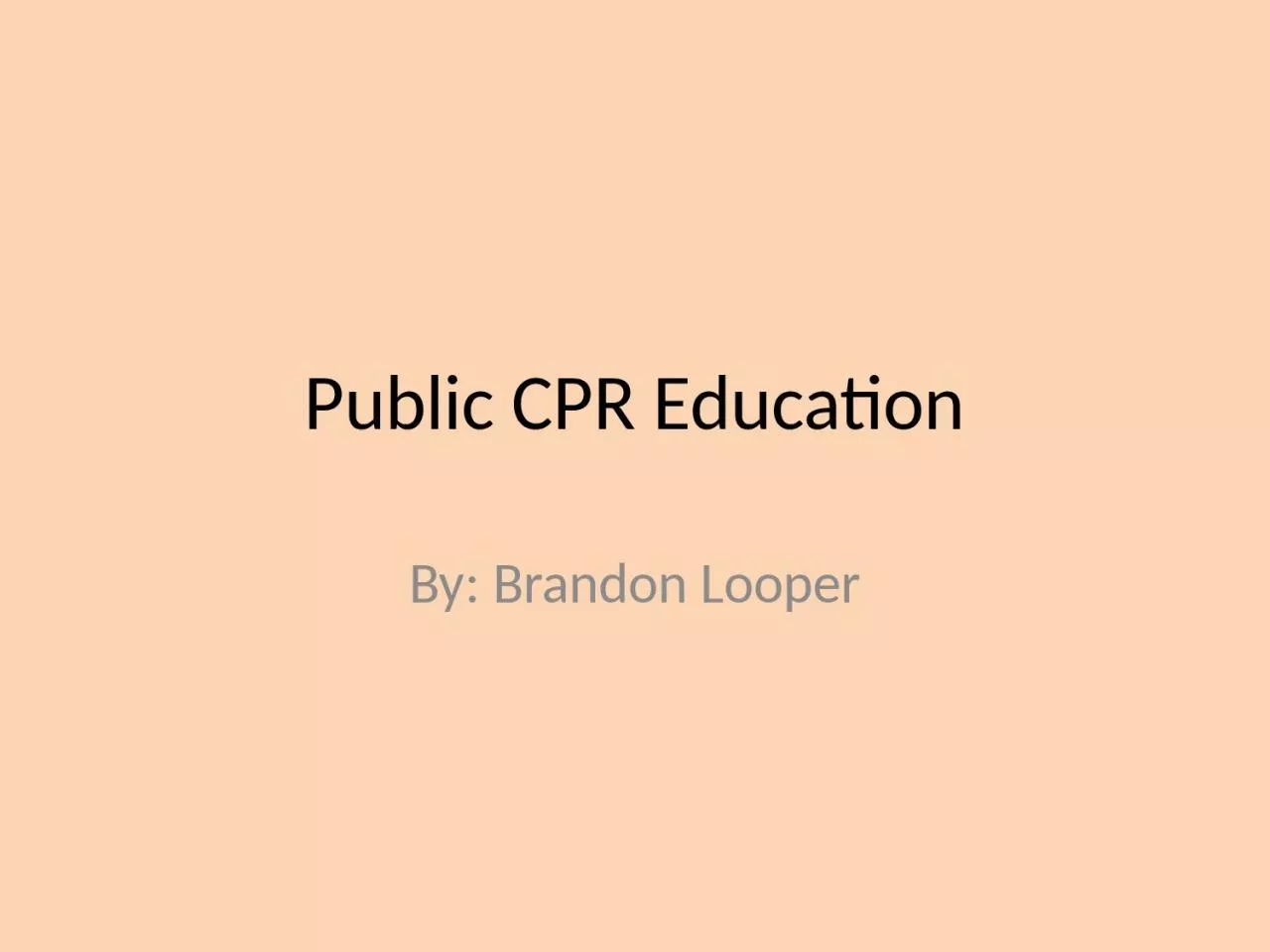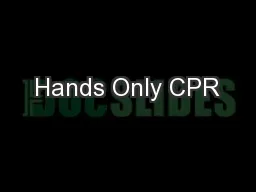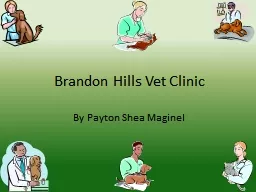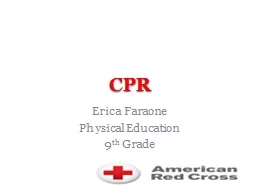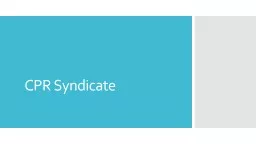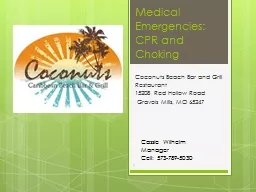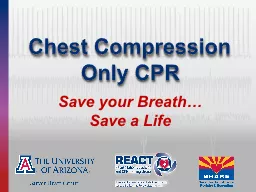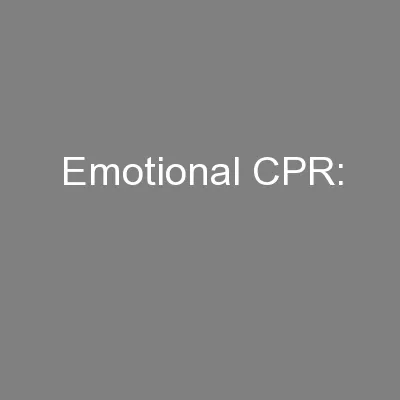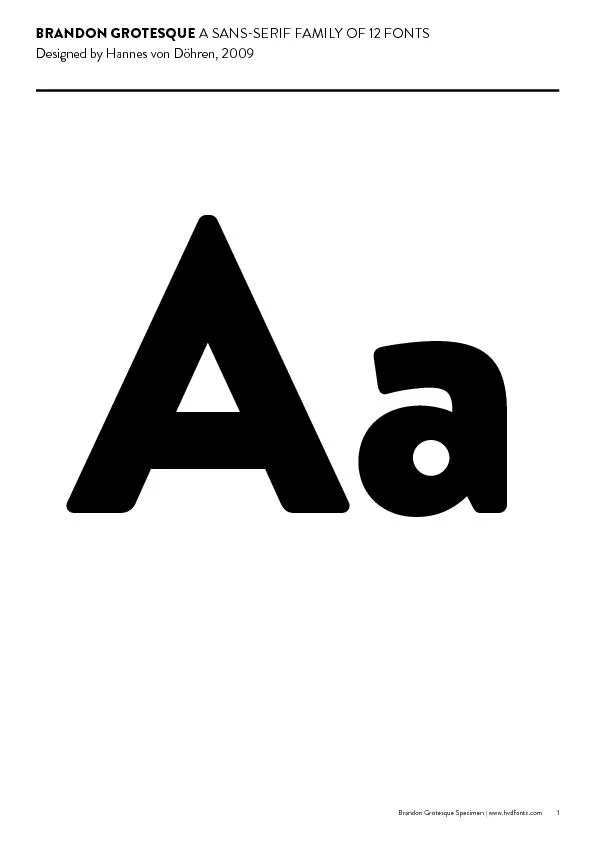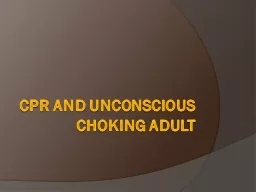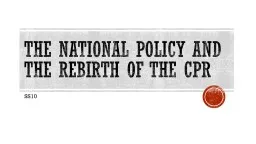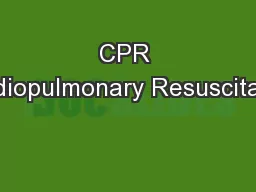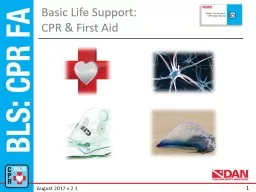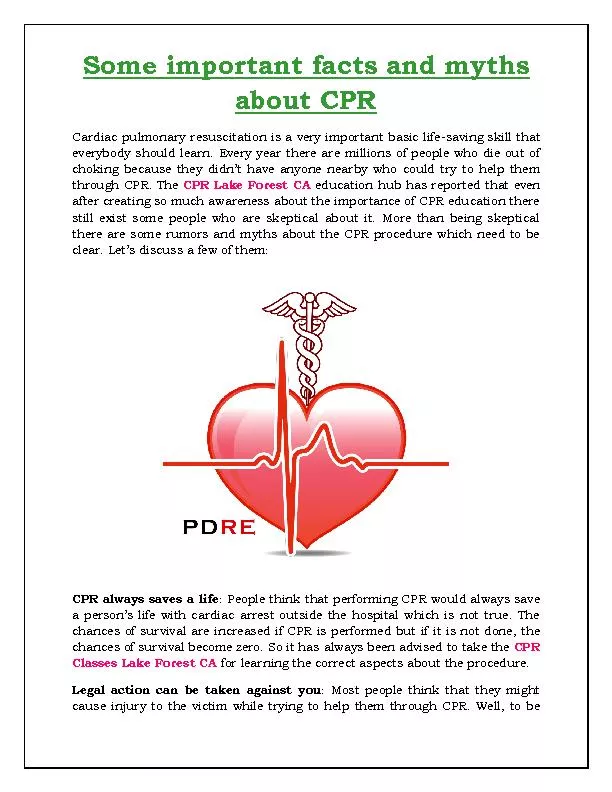PPT-Public CPR Education By: Brandon
Author : sylvia | Published Date : 2024-01-03
Looper What is Sudden Cardiac Arrest According to nihgov sudden cardiac arrest is defined as is a condition in which the heart suddenly and unexpectedly stops beating
Presentation Embed Code
Download Presentation
Download Presentation The PPT/PDF document "Public CPR Education By: Brandon" is the property of its rightful owner. Permission is granted to download and print the materials on this website for personal, non-commercial use only, and to display it on your personal computer provided you do not modify the materials and that you retain all copyright notices contained in the materials. By downloading content from our website, you accept the terms of this agreement.
Public CPR Education By: Brandon: Transcript
Download Rules Of Document
"Public CPR Education By: Brandon"The content belongs to its owner. You may download and print it for personal use, without modification, and keep all copyright notices. By downloading, you agree to these terms.
Related Documents

